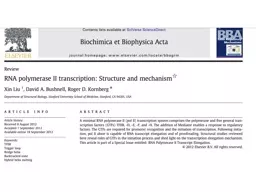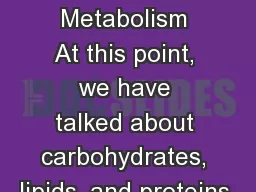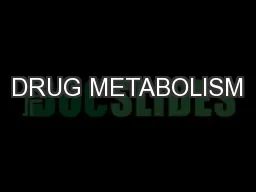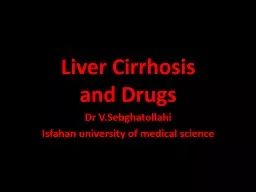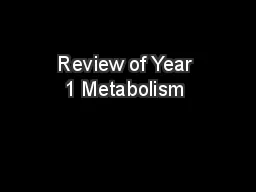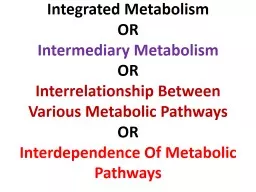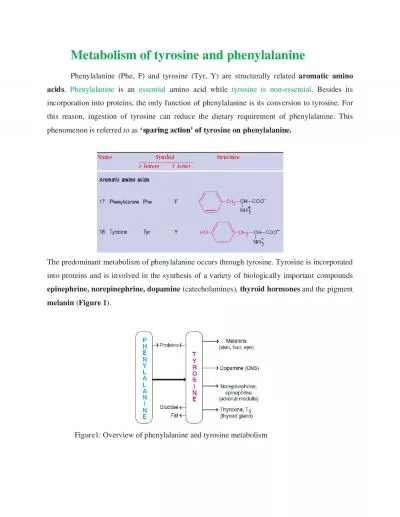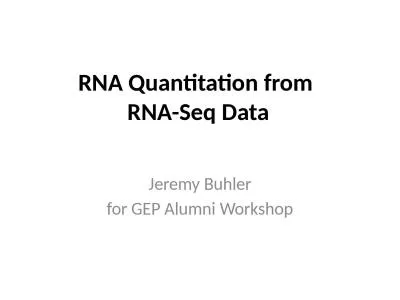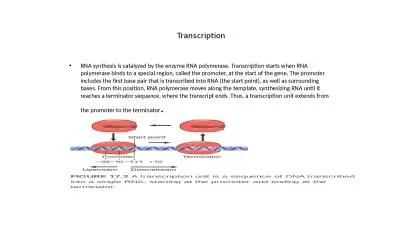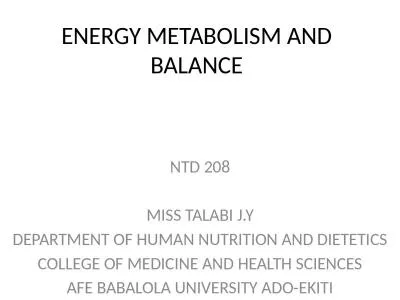PPT-Overview of RNA Metabolism
Author : briana-ranney | Published Date : 2018-11-29
Transcribed from DNA Transcription is tightly regulated in order to control the concentration of each protein Ribozymes Being mainly single stranded many RNA
Presentation Embed Code
Download Presentation
Download Presentation The PPT/PDF document "Overview of RNA Metabolism" is the property of its rightful owner. Permission is granted to download and print the materials on this website for personal, non-commercial use only, and to display it on your personal computer provided you do not modify the materials and that you retain all copyright notices contained in the materials. By downloading content from our website, you accept the terms of this agreement.
Overview of RNA Metabolism: Transcript
Download Rules Of Document
"Overview of RNA Metabolism"The content belongs to its owner. You may download and print it for personal use, without modification, and keep all copyright notices. By downloading, you agree to these terms.
Related Documents

